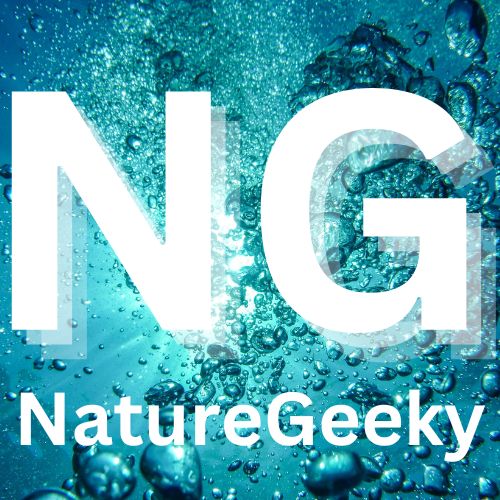What Do Sea Cucumbers Eat ?
Sea cucumbers are a diverse group of marine animals that exhibit a range of feeding habits and diets. The specific diet of a sea cucumber can vary depending on its species and ecological niche.
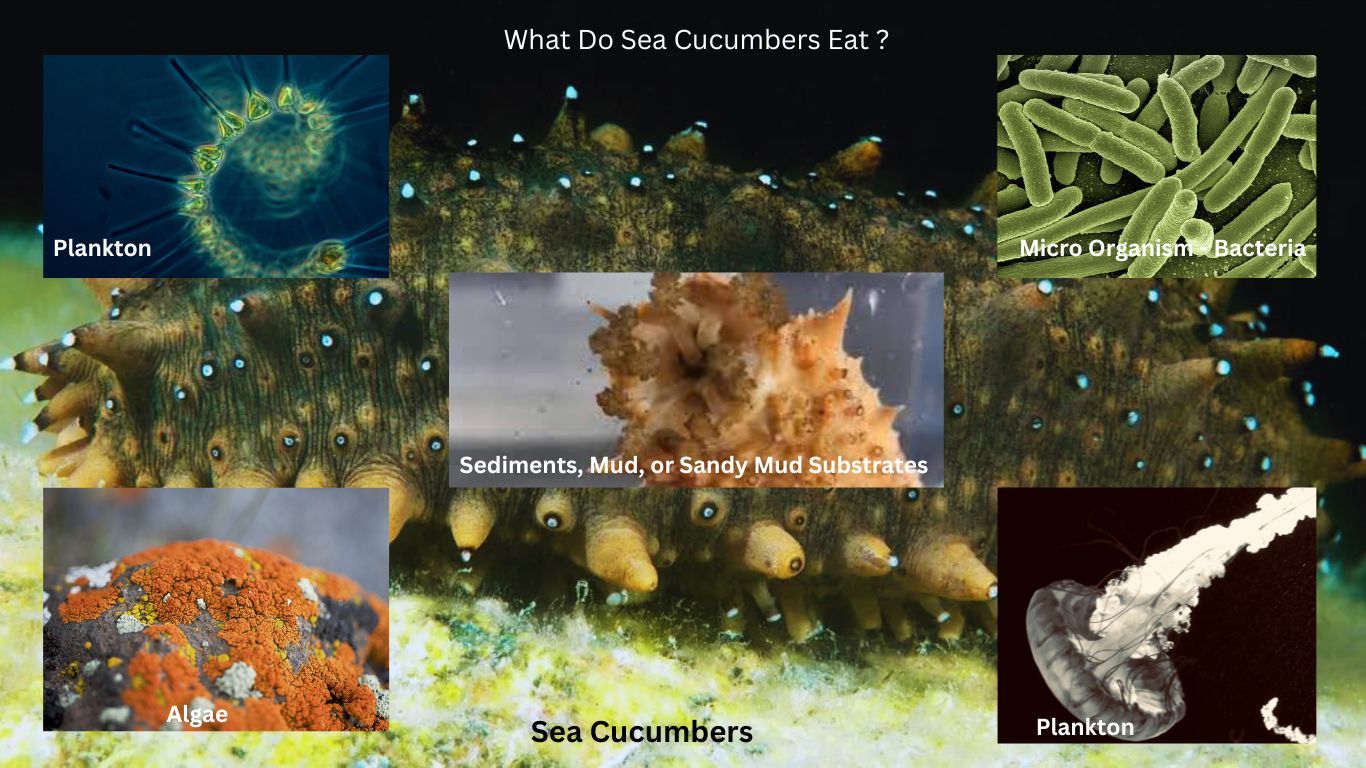
Here are some common types of food that sea cucumbers consume:
1. Detritus
Many sea cucumbers are detritivores, which means they feed on decaying organic matter, such as dead plants, animals, and fecal material. They play an important role in nutrient recycling by breaking down and consuming organic debris on the ocean floor.
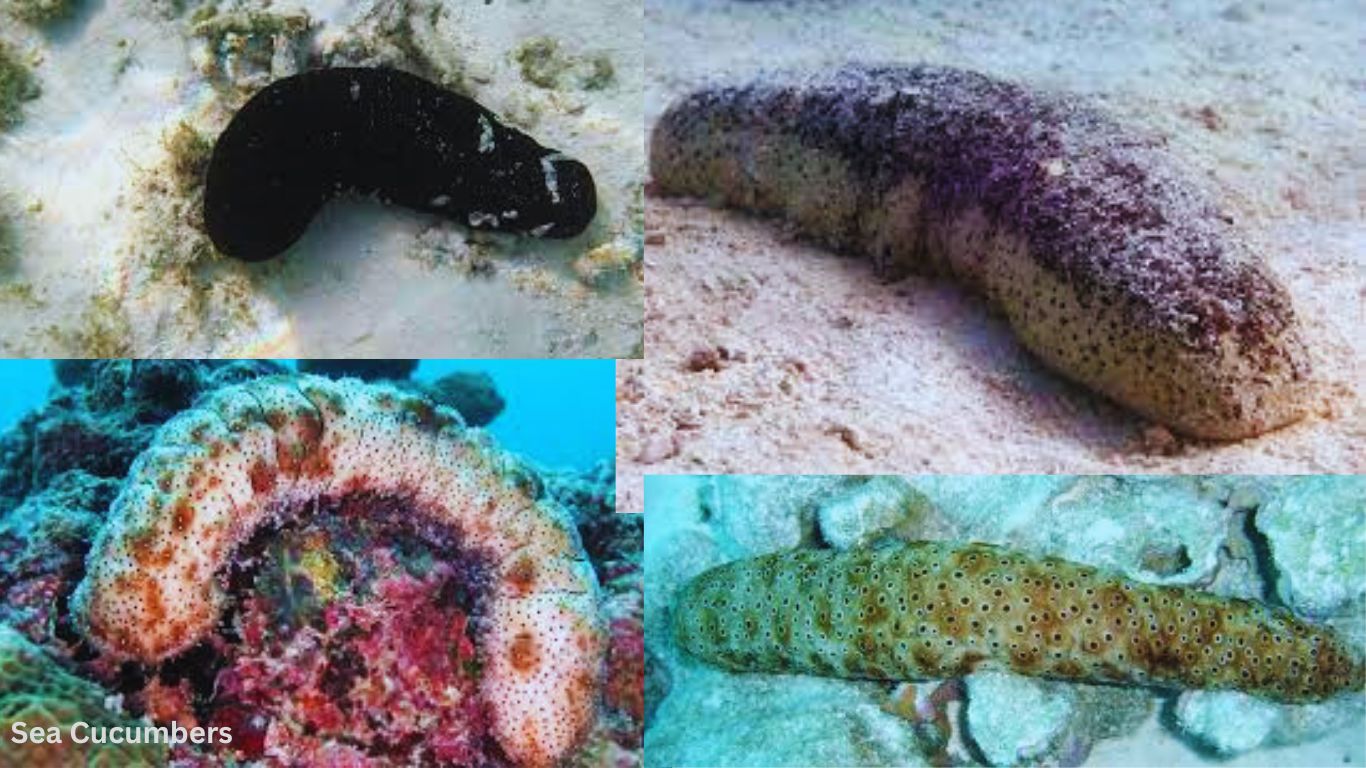
2. Plankton
Some sea cucumbers are suspension feeders, capturing microscopic planktonic organisms, including phytoplankton and zooplankton, from the water column. They use specialized tentacles or tube feet to create feeding currents and filter out food particles.
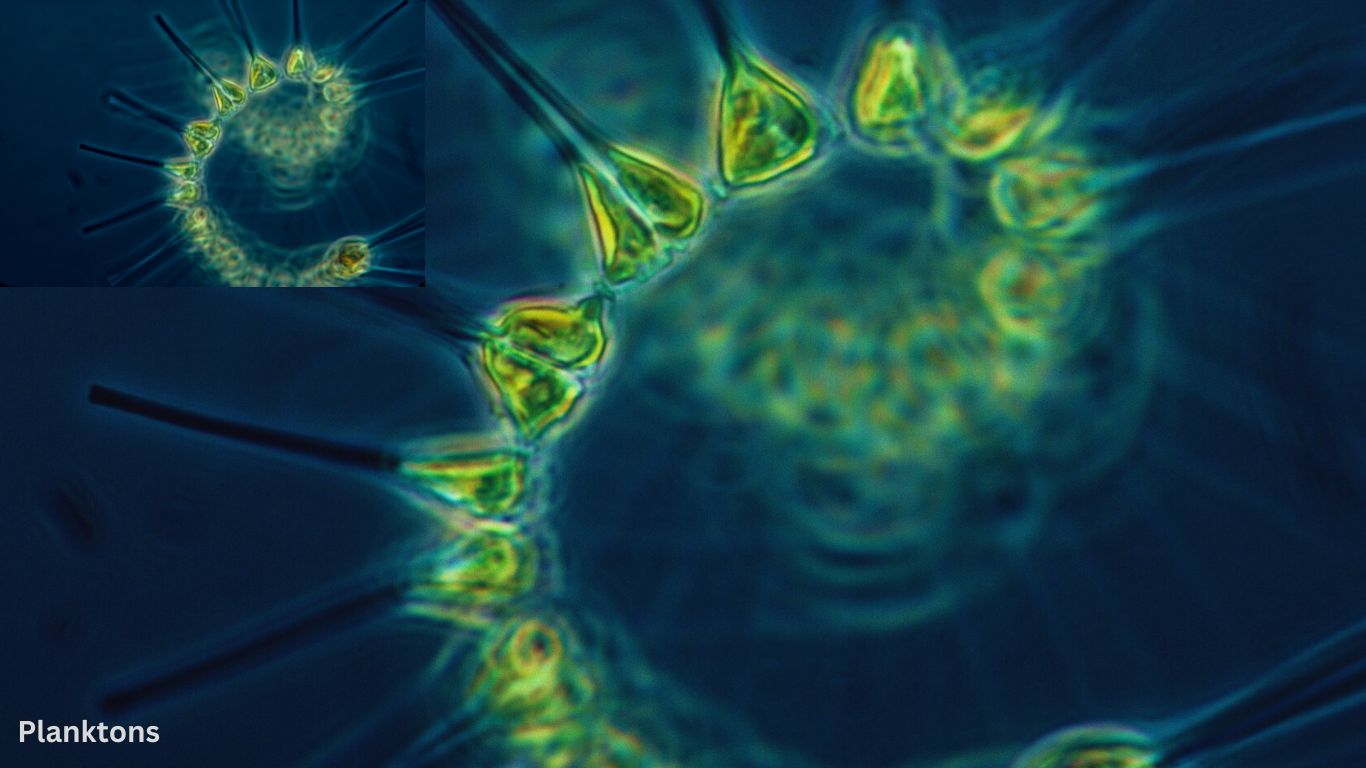
3. Algae
Certain sea cucumber species have a preference for consuming algae. They may graze on macroalgae or scrape filamentous algae off rocks and other surfaces. Algal species like seaweed and kelp can be a significant part of their diet.
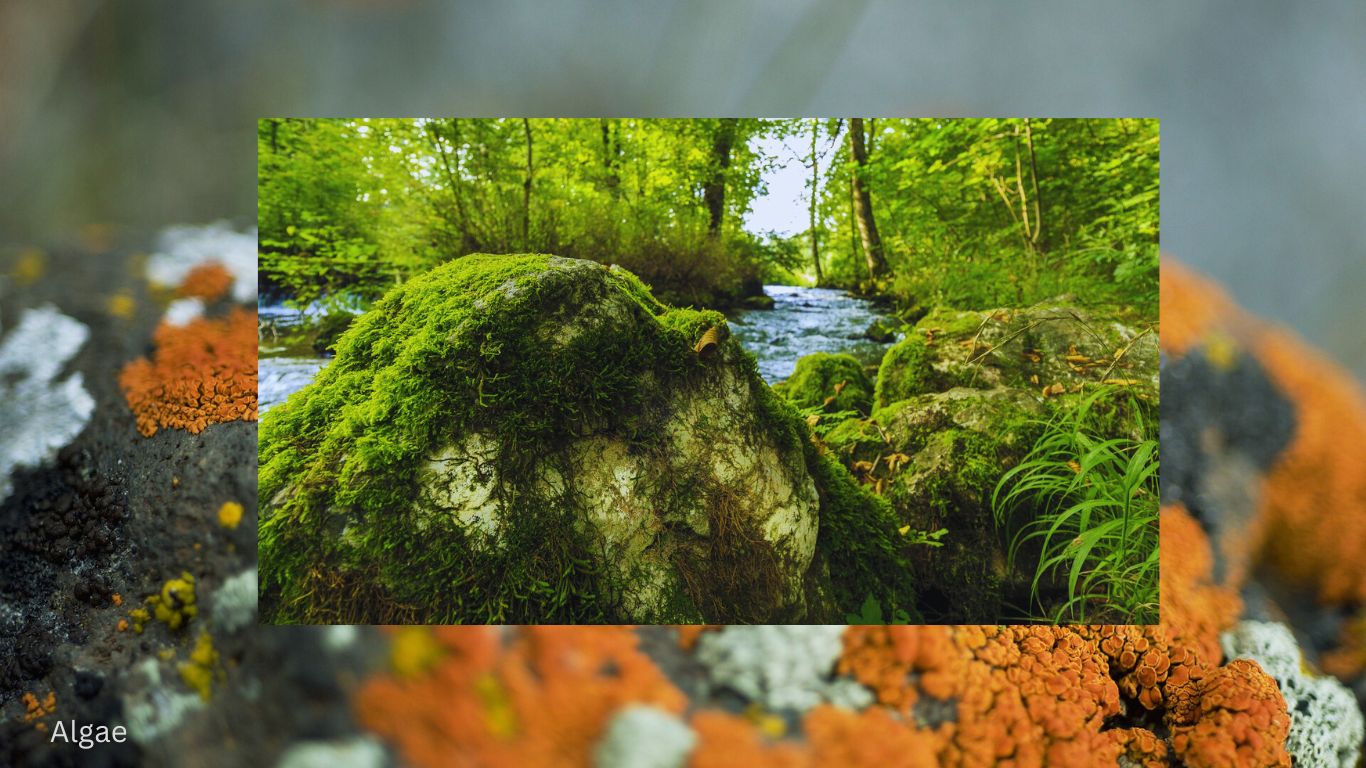
4. Microorganisms
Sea cucumbers may also consume various microorganisms, including bacteria and small protozoans. These organisms can be found in the sediment or associated with organic debris.
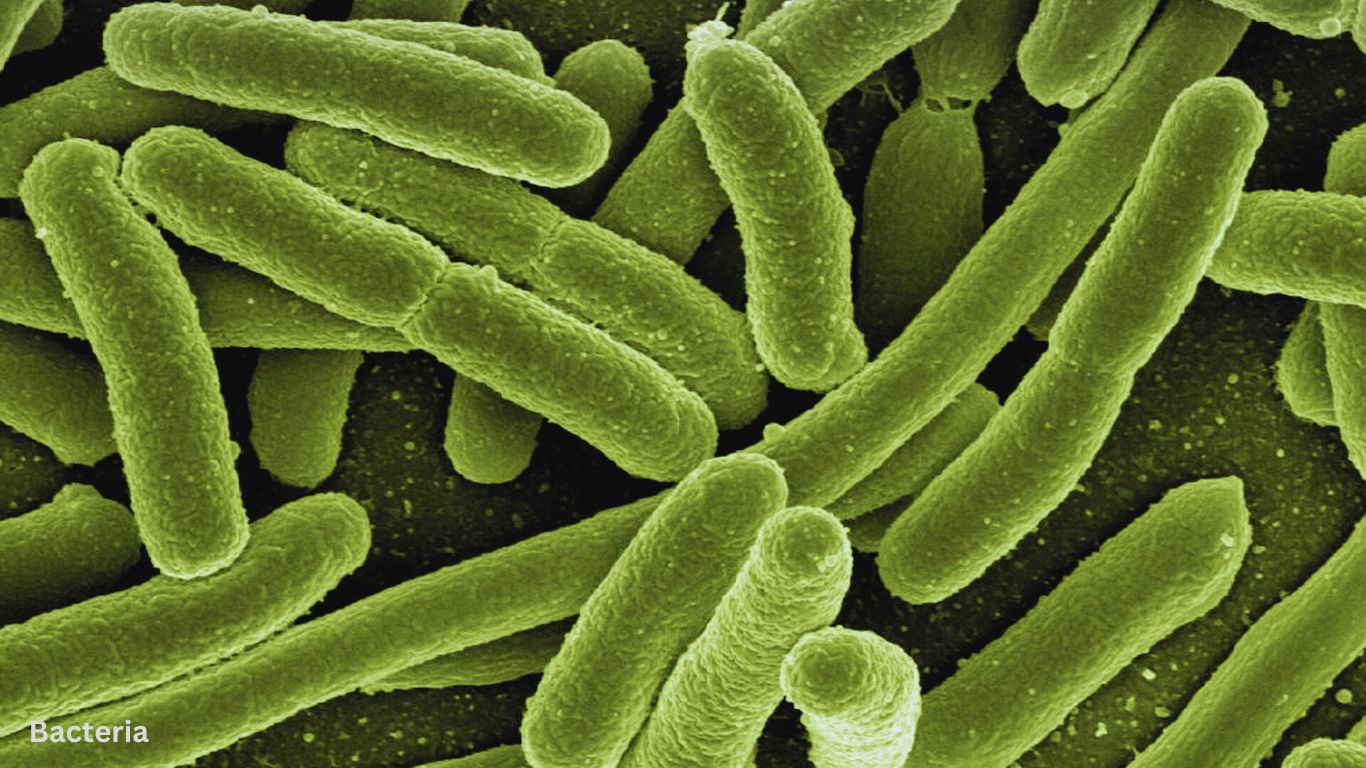
5. Particulate organic matter
Sea cucumbers, especially deposit feeders, ingest sediment particles and extract organic matter from it. They can consume fine sediments, mud, or sandy mud substrates, extracting organic particles and detritus from the sediment.
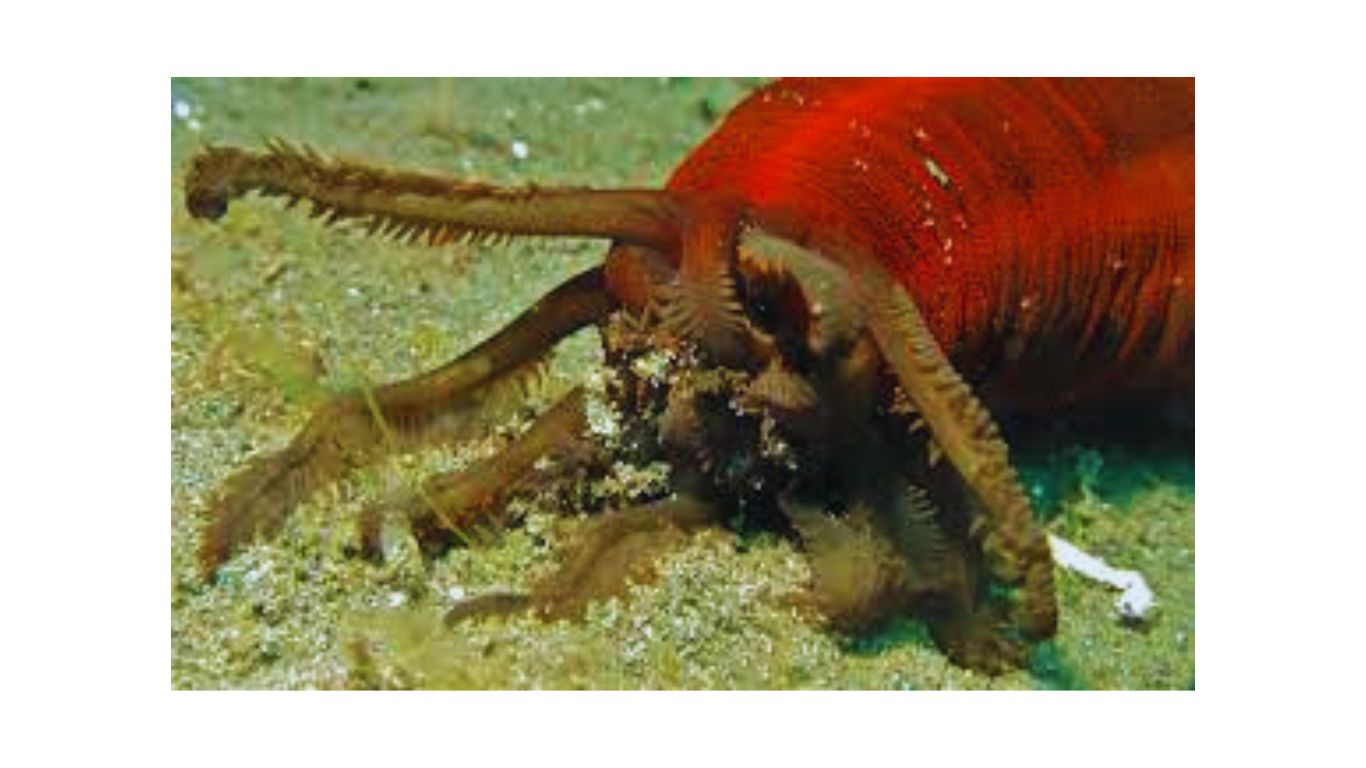
It’s important to note that the diet of a sea cucumber can vary based on factors such as species, habitat, and availability of food sources. Some sea cucumbers exhibit specialized feeding preferences, while others have more generalist diets. Understanding the dietary preferences of different sea cucumber species is crucial for their conservation and proper management in marine ecosystems.
Sea Cucumbers Feeding Groups
Sea cucumbers have varied feeding habits depending on their species and ecological niche. While specific dietary preferences may differ among different sea cucumber species.
They can generally be categorized into three main feeding groups: detritivores, deposit feeders, and suspension feeders.
1. Detritivores
Detritivorous sea cucumbers are commonly found in coastal and benthic environments. They consume decaying organic matter, including dead plants, algae, and animal detritus. These sea cucumbers play a crucial role in nutrient recycling by breaking down and consuming organic debris, helping to maintain the health of the ecosystem. They often have specialized tentacles or tube feet for capturing and ingesting the detritus.
2. Deposit Feeders
Deposit-feeding sea cucumbers obtain their nutrition by consuming sediment and extracting organic particles from it. They use specialized structures, such as modified tube feet or buccal tentacles, to sift through the sediment and extract organic matter, bacteria, and microorganisms. These sea cucumbers play a vital role in sediment turnover and nutrient cycling, helping to maintain the stability of the benthic environment.
3. Suspension Feeders
Suspension-feeding sea cucumbers filter feed on suspended particles in the water column. They have specialized feeding structures, such as branched tentacles or mucus nets, to capture plankton, small organic particles, and detritus from the water. These sea cucumbers are often found in areas with strong water currents, where they can effectively filter feed and obtain their food.
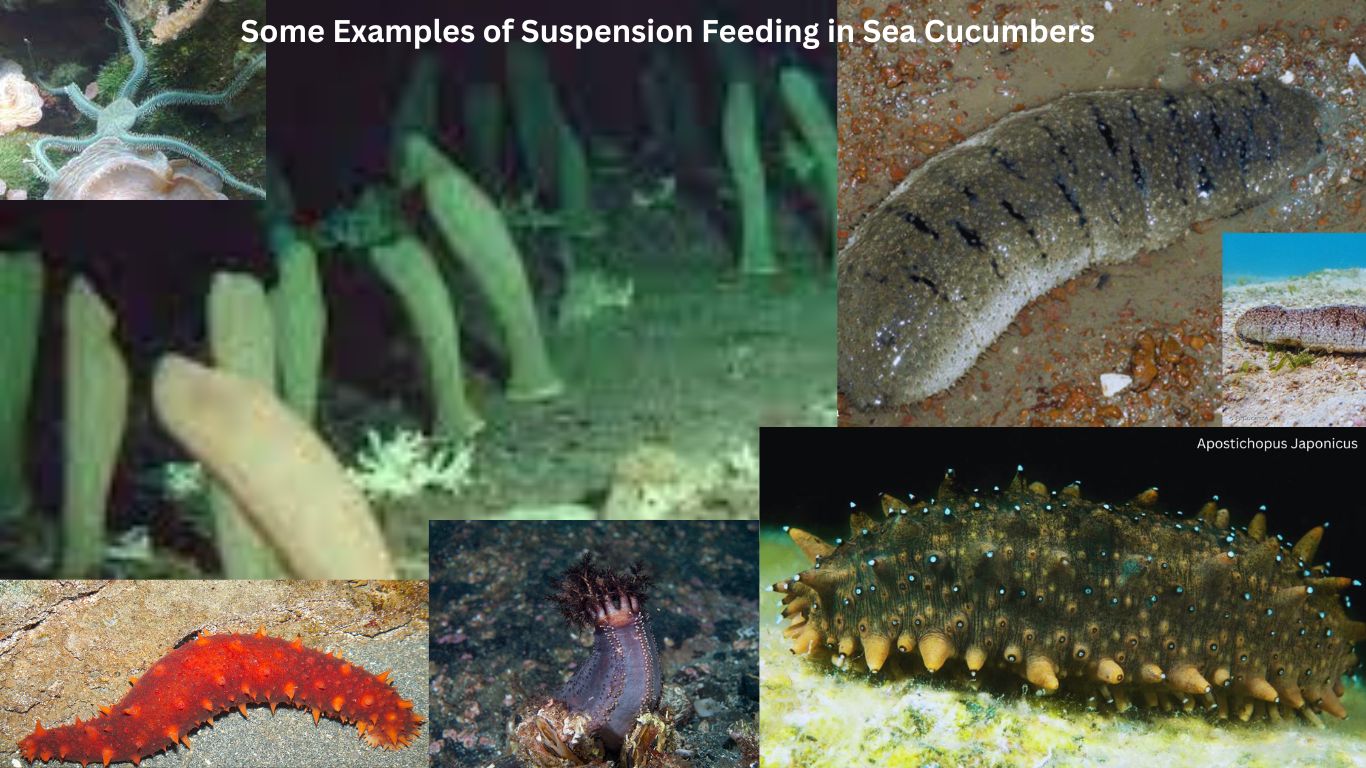
General Diet of Sea Cucumbers
Overview of the feeding habits and mechanisms of sea cucumbers
Sea cucumbers exhibit a wide range of feeding habits and mechanisms, allowing them to exploit various food sources in marine environments. While specific species may have unique dietary preferences, sea cucumbers are generally known for their ability to consume a wide range of organic materials, including detritus, sediment, plankton, and other small organisms.
Sea cucumbers employ different feeding strategies depending on their ecological niche and available food sources. Some species are active foragers, using their tentacles or tube feet to capture and ingest food particles. Others are more passive filter feeders, relying on water currents to bring food particles within their reach. Regardless of their feeding mode, sea cucumbers play important roles in nutrient cycling and the maintenance of marine ecosystems.
Adaptations for feeding, such as specialized tentacles or filter-feeding structures
Sea cucumbers have evolved several adaptations to facilitate feeding and enhance their efficiency in capturing and consuming food. These adaptations vary among species and are tailored to their specific feeding habits. Some common adaptations include:
1. Tentacles and Tube Feet
Many sea cucumber species possess specialized tentacles or modified tube feet that aid in food capture and ingestion. These structures are often equipped with sensory receptors and mucus secretions to facilitate the detection and entrapment of food particles. Tentacles and tube feet can be used to sweep over surfaces, sift through sediment, or actively capture suspended particles.
2. Filter-Feeding Structures
Suspension-feeding sea cucumbers have developed specialized structures to efficiently capture and filter food particles from the water column. These structures can include branched or feathery tentacles, mucus nets, or elaborate structures called oral tentacles. These filter-feeding adaptations help sea cucumbers capture plankton, small organic particles, and detritus from the water, allowing them to extract nutrients.
3. Detritus Processing
Detritivorous sea cucumbers have adaptations to facilitate the consumption and processing of decaying organic matter. They may possess elongated and flexible tentacles or modified tube feet covered in mucus to collect and transport detritus into their mouth. Some species have specialized jaws or teeth to aid in the breakdown and ingestion of organic debris.
4. Pseudopodia and Tube Structure
Certain deposit-feeding sea cucumbers have unique adaptations to extract organic matter from sediment. They extend pseudopodia, which are temporary projections of their body wall, into the sediment, creating a network of tubes. These tubes allow them to reach deeper layers of sediment and extract organic particles while expelling the excess sediment.
These adaptations demonstrate the remarkable versatility of sea cucumbers in obtaining food from diverse sources. They have evolved specific structures and mechanisms to maximize their feeding efficiency and exploit available food resources in their respective habitats. These adaptations are essential for their ecological function and contribute to the overall balance of marine ecosystems.
Lets have a look on different Sea Cucumbers Feeding Groups in more detail.
1. Detritivorous Sea Cucumbers
What is detritus and its role in marine ecosystems ?
Detritus refers to the dead organic matter and decaying debris in the marine environment. It includes a variety of materials such as dead plants, animal carcasses, feces, and other organic waste. Detritus plays a vital role in marine ecosystems as it serves as a source of energy and nutrients. It forms the base of the detrital food chain, where detritivores, including detritivorous sea cucumbers, play a crucial role in breaking down and recycling this organic material.
A. Description of detritivorous sea cucumbers and their feeding behavior
Detritivorous sea cucumbers are specialized feeders that primarily consume decaying organic matter. They have evolved various adaptations to efficiently feed on detritus in marine environments. Detritivorous sea cucumbers are typically found in coastal and benthic habitats where organic debris accumulates, such as seagrass beds, mangroves, and coral reefs.
Detritivorous sea cucumbers employ a combination of tentacles, tube feet, and modified mouthparts to capture and ingest detritus. They extend their tentacles or tube feet, which are often covered in mucus, to collect and transport organic particles towards their mouth. Some species possess specialized jaws or teeth to aid in the breakdown and ingestion of larger organic debris.
B. Consumption of decaying organic matter, including dead plants and animals
Detritivorous sea cucumbers consume a wide range of decaying organic matter, including dead plants and animals. They play an important role in the decomposition and recycling of organic material in marine ecosystems. They consume detritus such as fallen leaves, algae, animal carcasses, and fecal matter, breaking it down into smaller particles through their feeding behavior.
Their ability to consume and process decaying organic matter allows them to extract valuable nutrients and energy from this resource. By consuming dead plants and animals, detritivorous sea cucumbers contribute to the breakdown of organic material and the release of essential nutrients back into the ecosystem.
C. Importance of detritivorous sea cucumbers in nutrient recycling
Detritivorous sea cucumbers play a significant role in nutrient recycling and the maintenance of nutrient cycles in marine ecosystems. They help break down complex organic compounds into simpler forms, releasing essential nutrients such as nitrogen, phosphorus, and carbon back into the environment.
Through their feeding behavior, detritivorous sea cucumbers facilitate the decomposition of organic matter, speeding up the process of nutrient cycling. The nutrients released by their feeding activities become available to other organisms in the food web, supporting the growth and productivity of primary producers and subsequent trophic levels.
In addition to nutrient recycling, detritivorous sea cucumbers contribute to the overall health and stability of marine ecosystems. By consuming decaying organic matter, they help prevent the accumulation of excessive detritus that can lead to the degradation of water quality and the depletion of oxygen levels in the sediment.
Overall, detritivorous sea cucumbers play a crucial role in the marine ecosystem by efficiently consuming and recycling decaying organic matter. Their feeding behavior supports nutrient cycling, maintains ecosystem balance, and contributes to the overall productivity and health of coastal and benthic habitats.
2. Deposit Feeders
What is deposit feeding and its significance in marine environments ?
Deposit feeding is a feeding strategy utilized by certain organisms in which they ingest sediment and extract organic particles and nutrients from it. In marine environments, sediments contain a wealth of organic matter, including dead organisms, fecal material, and decaying plant material. Deposit feeders play a crucial ecological role by processing and recycling this organic material. They contribute to nutrient cycling, sediment stability, and the overall health of benthic ecosystems.
A. Explanation of deposit-feeding sea cucumbers and their feeding methods
Deposit-feeding sea cucumbers are specialized organisms that engage in deposit feeding as their primary feeding mode. They are typically found in soft sediments, such as sandy or muddy substrates, where they can effectively extract organic particles.
Deposit-feeding sea cucumbers employ several feeding methods to consume sediment and extract organic matter. They extend their modified tube feet or tentacles into the sediment, creating a network of tubes that allows them to reach deeper layers. These specialized structures enable them to sift through the sediment and selectively ingest organic particles while expelling excess sediment.
B. Consumption of sediment and extraction of organic particles
Deposit-feeding sea cucumbers consume sediment and extract organic particles through various mechanisms. As they extend their tube feet or tentacles into the sediment, they use a combination of mucus secretion, muscular movements, and ciliary action to create water currents within their feeding structures.
These water currents facilitate the capture and retention of organic particles while allowing the sediment to be expelled. The organic particles, including bacteria, microorganisms, and detritus, are then transported to the mouth where they are ingested and further processed for digestion and nutrient extraction.
C. What is the Relationship between deposit-feeding sea cucumbers and sediment stability ?
Deposit-feeding sea cucumbers play a significant role in sediment stability within marine environments. Their feeding activities contribute to the physical and chemical processes that shape and maintain sediment characteristics.
By consuming sediment and extracting organic particles, deposit-feeding sea cucumbers help to prevent the accumulation of excessive organic matter. This prevents sediment compaction, promotes porosity, and enhances oxygen diffusion into the sediment, reducing the risk of anoxic conditions.
Furthermore, the movement and bioturbation caused by deposit-feeding sea cucumbers enhance sediment mixing and nutrient exchange. Their burrowing and feeding activities promote the turnover of sediment layers, facilitating the transport of nutrients, oxygen, and microbial communities throughout the sediment. This process influences the availability of nutrients for other benthic organisms and contributes to the overall health and productivity of the ecosystem.
Overall, deposit-feeding sea cucumbers are important contributors to sediment stability, nutrient cycling, and bioturbation in marine environments. Their feeding behavior and activities play a crucial role in maintaining the health and functionality of benthic ecosystems by processing sediment and facilitating the exchange of essential resources.
3. Suspension Feeders
Suspension feeding, also known as filter feeding, is a feeding mechanism employed by certain organisms to extract food particles from the surrounding water. This ecological process is of significant importance as it allows organisms to capture and consume suspended organic matter, such as microscopic plankton and other organic particles present in the water column. By filtering out these particles, suspension feeders play a crucial role in nutrient cycling and energy transfer within ecosystems.
The primary feeding mechanism of suspension-feeding sea cucumbers involves filtering and capturing microscopic plankton and organic particles suspended in the water. The tentacles or oral appendages of sea cucumbers are equipped with cilia, which generate water currents and help trap food particles. Mucus secreted by the sea cucumbers aids in immobilizing and trapping the particles, allowing them to be directed towards the mouth for ingestion.

Suspension feeders, including sea cucumbers, play a vital role in maintaining water quality and sustaining food webs. By consuming microscopic plankton and organic particles, they help control population sizes of planktonic organisms and prevent excessive accumulation of suspended matter. Furthermore, the feeding activities of suspension feeders contribute to the cycling of nutrients within ecosystems, as they assimilate and release nutrients back into the environment through their excretion and fecal matter.
Specialized Diets of sea cucumbers with unique feeding preferences
While many sea cucumbers have generalist feeding habits, there are also species that exhibit unique feeding preferences and specialize in consuming specific types of food. These specialized diets allow certain sea cucumbers to exploit niche food resources and occupy specific ecological roles within marine ecosystems.
Examples of sea cucumbers that consume specific types of food, such as algae or sponges
1. Algal-eating sea cucumbers
Some sea cucumbers have a preference for consuming algae. For example, the species of the genus Pearsonothuria feed primarily on filamentous algae, which they scrape off rocks and other substrates. These sea cucumbers play a role in controlling algal growth and maintaining balance in algal communities.
2. Detoxifying sea cucumbers
Certain species of sea cucumbers, such as Holothuria forskali, have been found to have specialized diets that include toxic sponges. These sea cucumbers possess unique adaptations in their digestive system, allowing them to detoxify and safely consume these potentially harmful organisms.
3. Deposit-feeding sea cucumbers
While deposit feeding is a common feeding strategy among sea cucumbers, some species specialize in consuming specific types of sediment or organic material. For example, the species Euapta godeffroyi is known to selectively feed on coral sand, while others, like Psolus chitonoides, feed on mud or sandy mud substrates.
Adaptations in Morphology or Behavior to Accommodate Specialized Diets
Sea cucumbers with specialized diets often exhibit adaptations in their morphology or behavior to effectively consume their preferred food sources. These adaptations can include:
1. Mouthparts
Sea cucumbers may have modified mouthparts, such as specialized jaws or teeth, to help them break down and consume specific types of food. For example, species that feed on algae may have structures that allow them to scrape or rasp algae off surfaces.
2. Tentacles or tube feet
Sea cucumbers may have elongated or branched tentacles or tube feet to facilitate the capture and handling of specific food items. These structures may be adapted to increase surface area for efficient particle capture or to aid in the manipulation of food during feeding.
3. Digestive system modifications
Sea cucumbers with specialized diets may possess unique adaptations in their digestive systems. These adaptations allow them to extract nutrients from their preferred food sources efficiently. For example, species that consume toxic sponges may have specialized enzymes or gut structures that assist in the detoxification process.
4. Feeding behaviors
Sea cucumbers may exhibit specific feeding behaviors that are tailored to their specialized diets. These behaviors can include selective feeding, where they actively choose specific food items while avoiding others, or specialized feeding techniques, such as scraping, grazing, or burrowing, depending on the nature of their preferred food source.
These adaptations enable sea cucumbers with specialized diets to effectively acquire and utilize their preferred food resources, contributing to their ecological niche and ecological functions within marine ecosystems.
What are the Factors that Affects Sea Cucumber’s Feeding ?
A. Influence of environmental conditions on feeding behavior
Environmental conditions can significantly influence the feeding behavior of sea cucumbers. Factors such as light intensity, water currents, and substrate type can impact their feeding efficiency and feeding rates. Sea cucumbers often exhibit increased feeding activity during periods of higher water flow, which helps them capture more suspended particles. Changes in water flow or turbulence can affect their ability to extend their feeding tentacles or create feeding currents, thus influencing their feeding behavior.
B. Impact of food availability, temperature, salinity, and water quality
1. Food availability: The abundance and availability of suitable food sources directly impact sea cucumber feeding. Fluctuations in food availability, such as seasonal variations in plankton blooms or algal growth, can influence their feeding rates and overall diet. Limited food availability may lead to reduced feeding activity or changes in feeding preferences.
2. Temperature and salinity: Sea cucumbers are ectothermic organisms, meaning their body temperature is regulated by the surrounding environment. Temperature and salinity can influence their metabolic rate and feeding behavior. Extreme temperature fluctuations or salinity changes can negatively impact their feeding efficiency and overall health.
3. Water quality: Water quality parameters, such as oxygen levels, pH, and turbidity, can affect sea cucumber feeding. Poor water quality, such as low oxygen levels or high turbidity, may decrease their feeding rates and affect their ability to capture suspended particles effectively.
C. Effects of human activities, such as overfishing or pollution, on sea cucumber diets
1. Overfishing: Overfishing of sea cucumbers can disrupt their feeding dynamics by depleting their populations and reducing their availability. This can lead to a decrease in their food consumption and alter their ecological role in the ecosystem.
2. Pollution: Pollution, including chemical contaminants or nutrient runoff, can negatively impact sea cucumber feeding. Pollutants can contaminate their food sources, making them less palatable or toxic. Ingesting polluted food can harm sea cucumbers and affect their feeding efficiency and overall health.
3. Habitat destruction: Human activities that result in habitat destruction, such as bottom trawling or coastal development, can disrupt the availability of suitable feeding grounds for sea cucumbers. Loss of habitats like seagrass beds or coral reefs can limit their access to preferred food sources and impact their feeding behavior.
It is important to consider and manage these factors to ensure the conservation and sustainable utilization of sea cucumber populations. Understanding the influence of environmental conditions and human activities on their feeding behavior can help inform conservation efforts and promote the long-term viability of these ecologically important organisms.
Conclusion
Understanding the diet of sea cucumbers is of significant importance for both conservation and cultivation purposes. By studying, what do sea cucumbers eat, we can gain insights into their ecological function, population dynamics, and overall contribution to the marine food web. This knowledge can be used to develop effective conservation strategies to protect sea cucumber populations from overfishing and habitat degradation.
The dietary preferences and nutritional requirements of sea cucumbers is essential for successful cultivation practices. By providing suitable diets and optimizing feeding protocols, we can enhance their growth, reproduction, and overall well-being in captivity, contributing to the sustainability of sea cucumber aquaculture.
Sea cucumbers are ecologically important organisms with diverse feeding habits. Studying their diet not only aids in conserving natural populations and protecting marine ecosystems but also helps in developing sustainable aquaculture practices. By delving into the intricacies of what sea cucumbers eat, we can unravel their ecological significance and harness their potential for both ecological and economic benefits.
Moreover, sea cucumbers have economic value, as they are harvested and cultivated for various purposes. They are harvested for their prized body wall, which is dried and processed to produce products like bêche-de-mer or sea cucumber-derived supplements. Cultivation of sea cucumbers has gained attention as a sustainable aquaculture practice, providing an alternative to wild harvesting while meeting the demands of the global market.
Some Reference Sites
